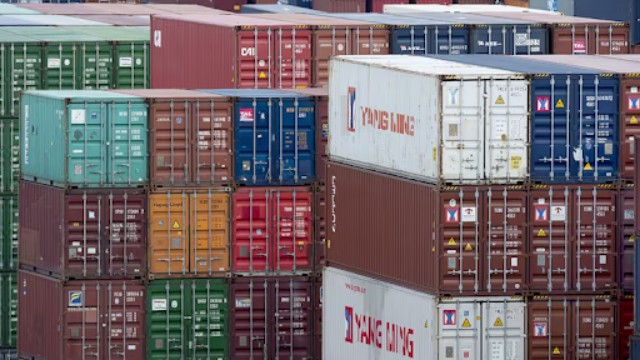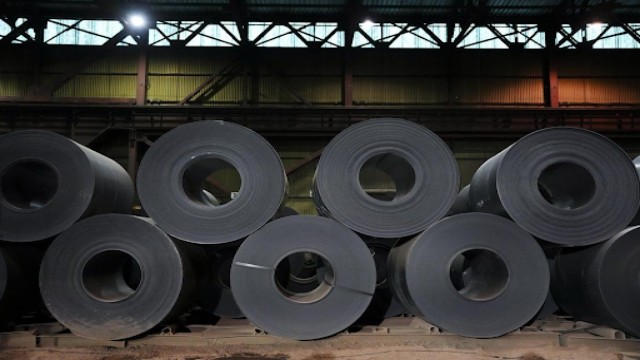
A view of a 1/10 model of a next-generation combat jet Japan to be jointly developed with the UK and Italy for deployment in 2035, on display at a booth of their joint Global Combat Air Program, or GCAP, at the Japan International Aerospace Exhibition, in Tokyo, Oct. 16, 2024. (AP Photo/Mari Yamaguchi)
Japan, the U.K., and Italy have agreed to speed up their collaboration on developing a new fighter jet, set to be ready by 2035. This announcement follows discussions between the defense ministers of the three nations, who revealed plans to establish a trilateral government organization by the end of the year to manage the project. The Japanese government shared these updates on Sunday.
The three countries initially agreed in 2022 to work together on the Global Combat Air Program (GCAP), aiming to bolster their defense capabilities amid growing concerns over China, Russia, and North Korea. The new aircraft, featuring advanced stealth technology, will replace Japan’s aging F-2 fighters, which were developed in partnership with the U.S. It will also serve as a successor to the Eurofighter Typhoons, created with contributions from the U.K., Italy, Spain, and Germany.
On Sunday, Japan’s Defense Minister, Gen Nakatani, met with his U.K. and Italian counterparts, John Healey and Guido Crosetto, in Naples, Italy. After the meeting, Nakatani announced the creation of the GCAP International Government Organization (GIGO), which will oversee the jet's development. This new body will be headquartered in the U.K. and led by a Japanese official.
“We are making good progress with the launch of GIGO and the joint venture, and we expect to sign the first contract next year,” Nakatani said.
This agreement helps address concerns about potential delays in the project, particularly in light of recent leadership changes in both Japan and the U.K. Several private companies, including Mitsubishi Heavy Industries from Japan, Britain’s BAE Systems, and Italy’s Leonardo, are playing key roles in the development of the new aircraft.
A model of the fighter jet was recently showcased at a major aerospace exhibition in Tokyo, marking the first time a scale model of the aircraft was displayed in Japan. Akira Sugimoto, the senior representative of Mitsubishi Heavy Industries for GCAP, emphasized the importance of this collaboration for Japan’s industrial base.
Sugimoto expressed hope that Japanese suppliers, known for their technological expertise, would actively contribute to the project. He added that the joint development would not only strengthen Japan’s defense industry but also improve the outlook and stability for local businesses involved in the defense sector.
As Japan continues to expand its military capabilities to counter the growing influence of China in the region, the joint fighter jet initiative is seen as a crucial step. The project will also help Japan’s relatively underdeveloped defense industry become more competitive internationally. In line with these efforts, Japan has eased its arms export restrictions, allowing for the future sale of the new jet and other weapons, such as surface-to-air PAC-3 missile interceptors. This move is part of broader efforts to replenish U.S. supplies, which have been impacted by the ongoing conflict in Ukraine.















